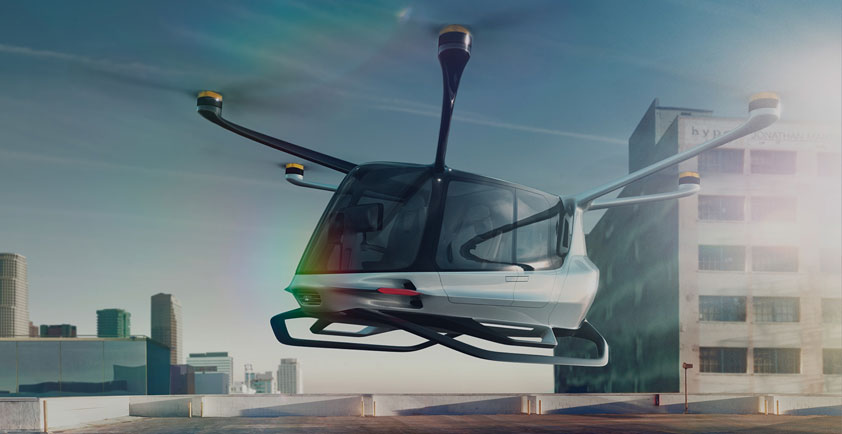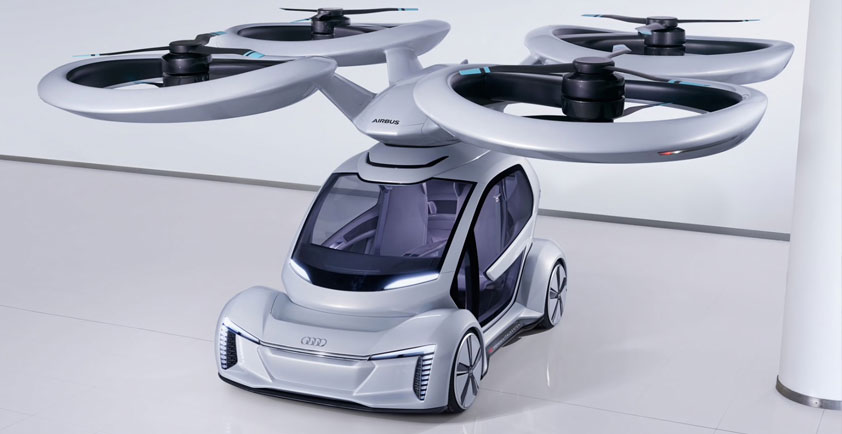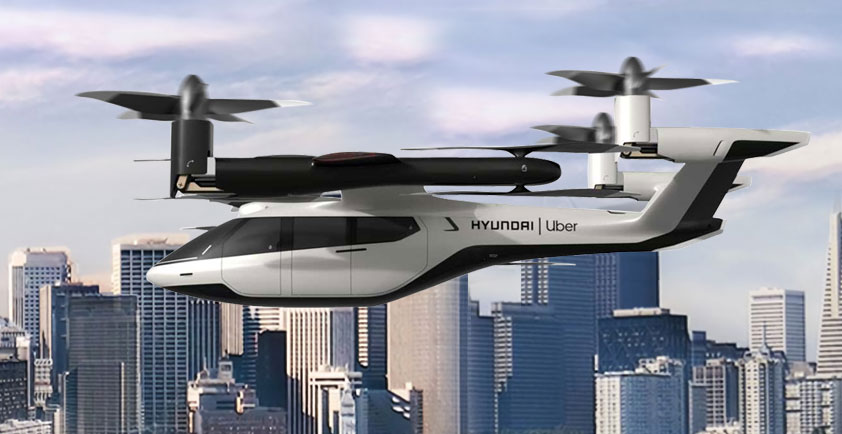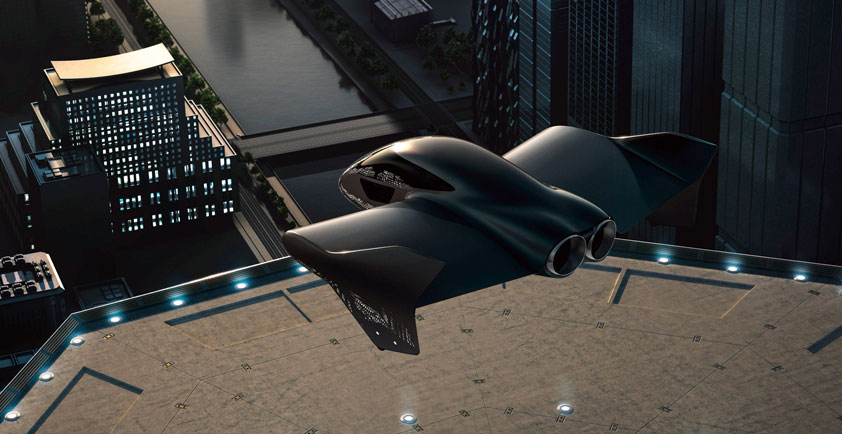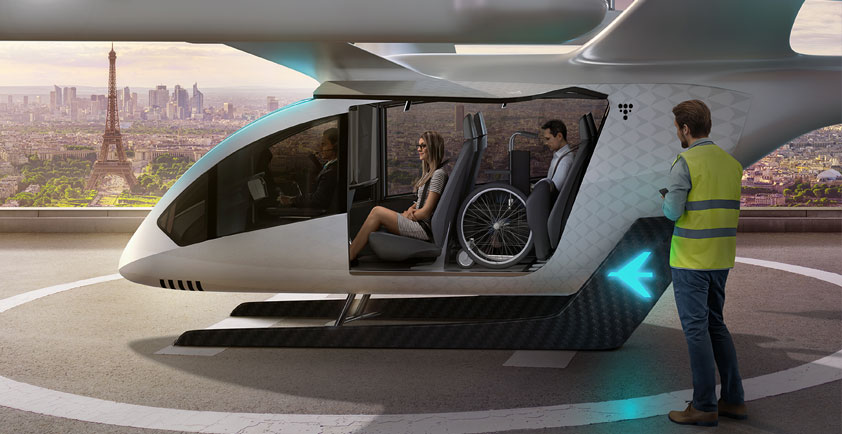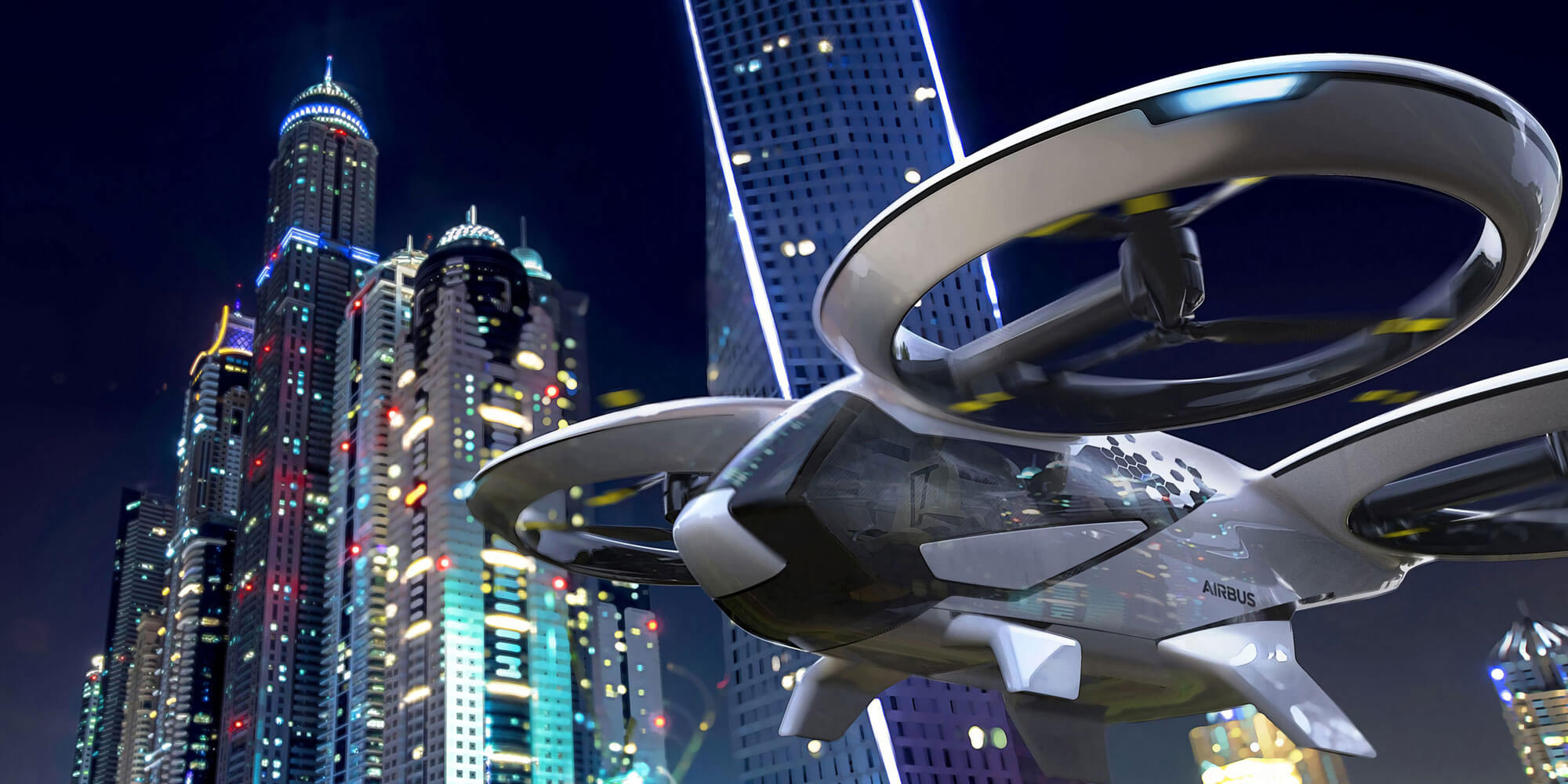
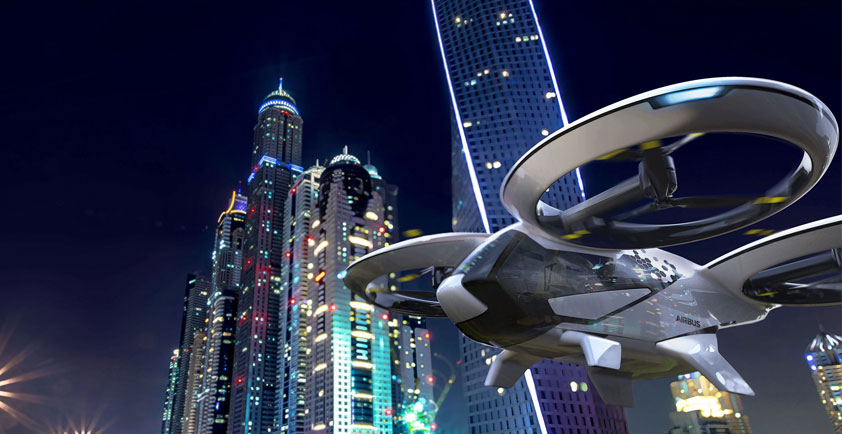
CITYAIRBUS
CityAirbus is an all-electric, four-seat, multicopter vehicle demonstrator that focuses on advancing remotely piloted electric vertical take-off and landing (eVTOL) flight. The CityAirbus full-scale demonstrator conducted its first take-off in May 2019.
A low environmental footprint in mind
The idea for a compact “flying taxi” first came from our desire to take city commuting into the air in a sustainable way. Our team began by rethinking traditional aircraft architecture, creating a multirotor design based on electric motors. Thus CityAirbus was born. To date, the CityAirbus sub-scale model has flown more than 100 test flights, which has proven the aerodynamic configuration of the full-scale prototype.
Remotely piloted for autonomous flight
CityAirbus has a multicopter configuration that features four ducted high-lift propulsion units. Its eight propellers are driven by electric motors at around 950 rpm to ensure a low acoustic footprint. The single failure tolerant architecture ensures safety. Its cruise speed will be approximately 120 Km/h on fixed routes with up to 15 minutes of autonomy. It has a capacity of four passengers that is ideal for aerial urban ridesharing.
Technical specifications


VAHANA
Vahana is an all-electric, single-seat, tilt-wing vehicle demonstrator that focuses on advancing self-piloted, electric vertical take-off and landing (eVTOL) flight. To date, Vahana has flown over 80 full-scale test flights.
From sketch to reality
In less than two years, Vahana went from a sketch on a napkin to a full-scale flying aircraft. Today, the demonstrator is currently undergoing extensive flight testing to check flight controls, navigation, failure detection and mitigation, as well as noise. In 2018, Vahana successfully completed its first full-scale flight test.
Technical specifications


Up to four times faster than cars
Vahana uses eight electric motors and a tandem tilt-wing configuration that converts between rotor-borne vertical and wing-borne forward flight. This configuration enables Vahana to achieve both vertical take-off and landing as well as cross-city flight range on battery power alone. Its cruise speed is 100 knots (190 Km/h), enabling trip times that are two to four times faster than cars. The vehicle is self-piloted, which is enabled by its onboard detect-and-avoid systems that can identify both air and ground hazards.
